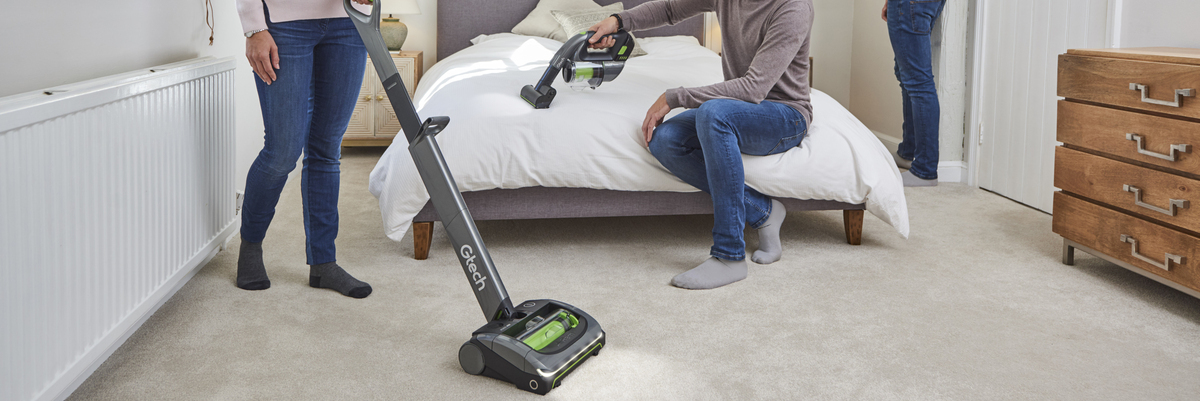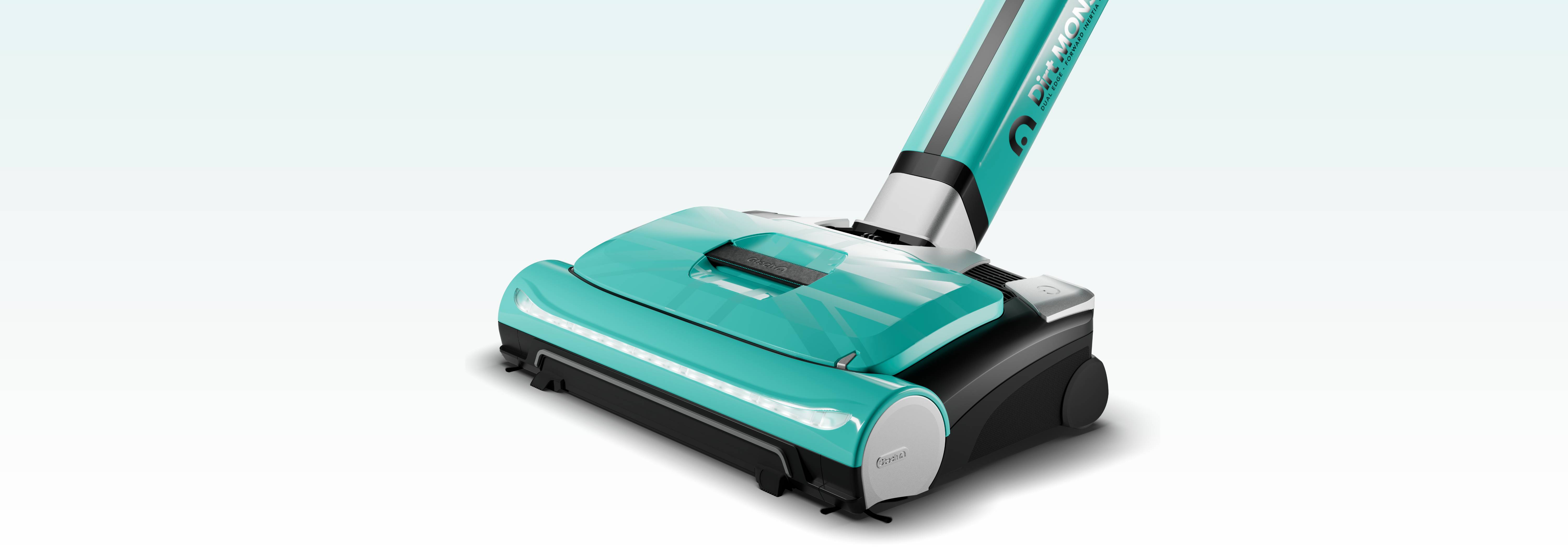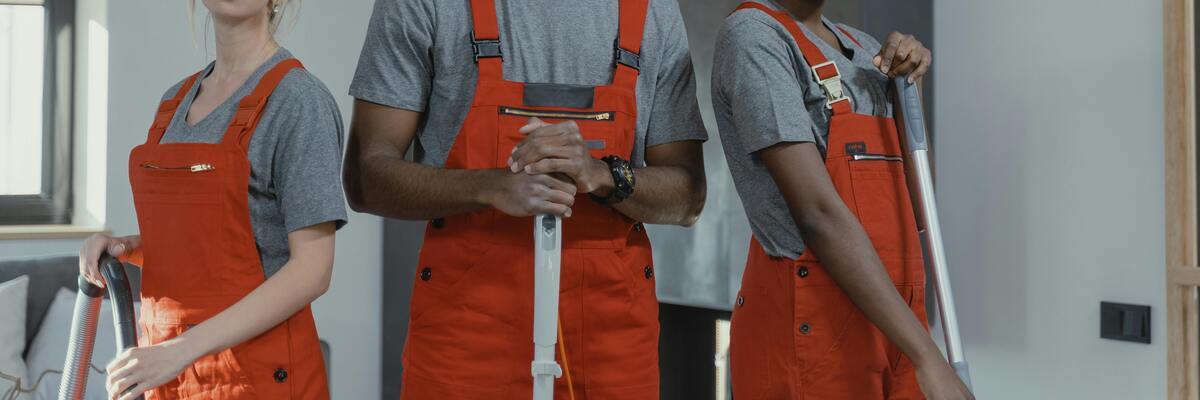If you suffer from dust allergies, you’re not alone – as far back as 2011, 58% of Europeans stated ‘dust mites’ as one of their top allergy triggers, and the numbers have kept rising since then.
So, how can you stop or at least reduce dust allergies? The answer, unsurprisingly, lies in cleaning. Do you know the dustiest spots in your home? We bet you’re thinking about those pesky spots under the bed and bundled around bedroom lamps – but you’d be wrong! Yes, dust gathers in the awkward cracks and crevices of your home, but also in plain sight, right under our noses. If left long enough, these dust particles circulate in the air, aggravating allergies and clogging sinuses – which will only get worse with the arrival of allergy season.

But where are these dust magnets in your home? And are you cleaning them effectively? We’ve pulled together some of the seldom-seen dusty places as found in the average kitchen, living room and bedroom to help you reduce dust allergies in the home. Continue reading, below, to get ahead of the cleaning curve.
Where are the dustiest areas in your living room?
1. Upholstery
Between you, your family and your pets, your sofa very quickly becomes a petri dish of dust, dirt and dander. And with hundreds, if not thousands, of dust mites living in a single gram of dust (eek!) – you’ll want to ensure your favourite furniture is clear of creepy crawlies.
Regularly machine-wash throw blankets and cushion cases, and vacuum upholstery once a week, (not forgetting under and behind the sofa) to rid yourself of these little beasties.
2. Rugs
Do you have children crawling around the living room? It’s vital that you keep your floor clear of dust. The underside of rugs often hide harmful dirt and dander, which aren’t cleaned up on your normal vacuum routine. Lift your rugs out the way and vacuum these elusive dust bunnies once a week to baby-proof your carpet.
3. Shelves
You need to be similarly vigilant with your altitudinous shelves and bookcases. Dust loves to gather in the high, unseen reaches of your home and opening your favourite novel after a few months untouched can release dust particles into your respiratory system. Tackle these hard-to-reach spots with a stepladder and a damp cloth, or story time could end up exacerbating those allergies you try so hard to avoid elsewhere.
Where are the dustiest areas in your kitchen?
4. Behind the fridge
Did you know there are dust mites lurking behind your fridge? That’s the case if you leave this crucial cleaning task out of your routine. It’s a bit of a faff, granted, but pulling out your fridge at least once a month will keep these microscopic bugs at bay. And if there are dust mites lurking where you store food, they’re more likely to find their way to other less “hidden” areas of your kitchen, such as window blinds and kitchen cabinets.
5. Blinds and kitchen cabinets
Dust on kitchen cabinets and blinds are little-known issues in autumn and winter – but soon become major problems come spring. You know, when you finally get to fling your windows open for some fresh air. Even a pleasant breeze can carry those pesky dust mites further into your home, making your ‘spring clean’ more of a health hazard than when you started! Thankfully, they’re super easy to wipe away – just make sure they are spick and span before opening any windows.
Where are the dustiest areas in your bedroom?
6. Clothes
Your unworn outfits are free from dust as long as you keep them closed in a wardrobe, right? Wrong. Clothes attract huge quantities of dust bunnies that lie in wait to aggravate your allergies when you get dressed. But don’t worry, simply use the upholstery attachment on your vacuum to clean your rarely-worn clothes and keep your sinuses clear.
7. Bedding and curtains
The wardrobe isn’t the only overlooked area in your bedroom. Even with weekly washes, allergy-inducing dust, dirt and debris live unseen in your bedding and on your curtains, which are then breathed into your respiratory system while you sleep.
The solution? Wash your bedding regularly (a shocking one third of Brits only change their sheets once a year!). For peace of mind, you can also give your pillows, sheets and drapes a quick once over with your vacuum’s upholstery attachment in your weekly cleaning routine.
Now you know the hidden dust hotspots in your home, you need the right tools for the job. At Gtech, we offer the best in cordless vacuums, helping you to clean your house with ease. Head over to our website to browse our full range of cordless vacuums.




